| Selo | Evertype |
|---|---|
| Edição | 0 |
| Idioma | Cornico |
| Autores | Kenneth Grahame |
| Acabamento | Capa Comum |
| Quantidade de Páginas | 202 |
| Origem | Literatura Estrangeira |
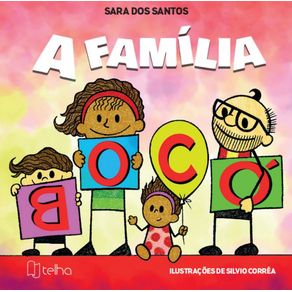 A família Bocó
A família Bocó
Telha
R$ 45,00 à vista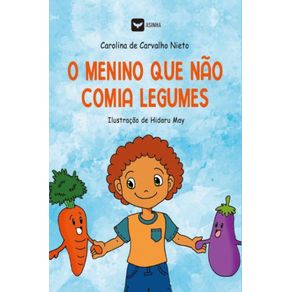 O menino que não comia legumes
O menino que não comia legumes
Ases da Literatura
R$ 49,90 à vista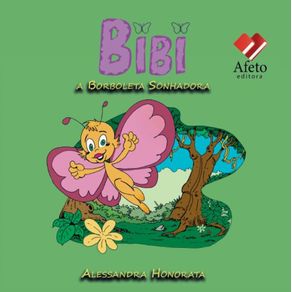 Bibi a Borboleta Sonhadora
Bibi a Borboleta Sonhadora
Afeto Editora
R$ 39,90 à vista Dodô e Lala, que tal conectar
Dodô e Lala, que tal conectar
Editora Viseu
R$ 22,90 à vista O que vou ser quando crescer
O que vou ser quando crescer
Editora Viseu
R$ 24,90 à vista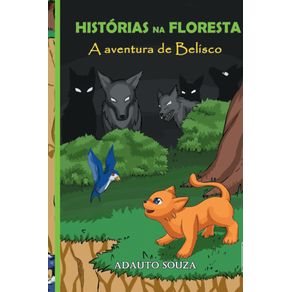 Histórias na floresta
Histórias na floresta
Editora Viseu
R$ 32,90 à vista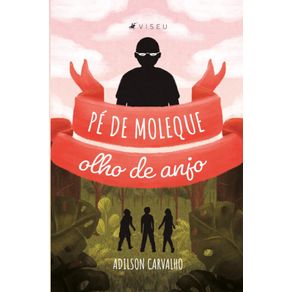 Pé de moleque, olho de anjo
Pé de moleque, olho de anjo
Editora Viseu
R$ 57,19 à vista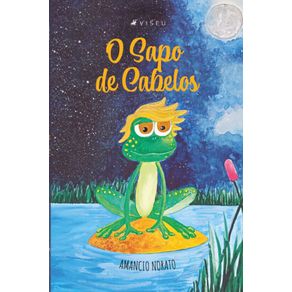 O Sapo de cabelos
O Sapo de cabelos
Editora Viseu
R$ 30,90 à vista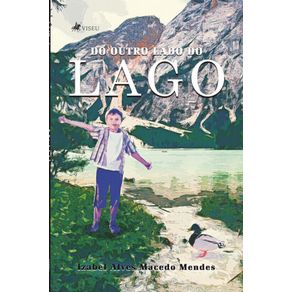 Do outro lado do lago
Do outro lado do lago
Editora Viseu
R$ 31,90 à vista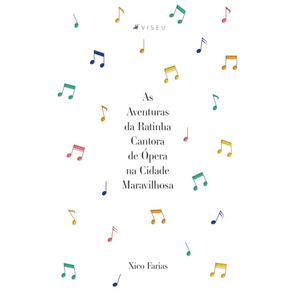 As Aventuras da Ratinha Cantora de Ópera na Cidade Maravilhosa
As Aventuras da Ratinha Cantora de Ópera na Cidade Maravilhosa
Editora Viseu
R$ 51,90 à vista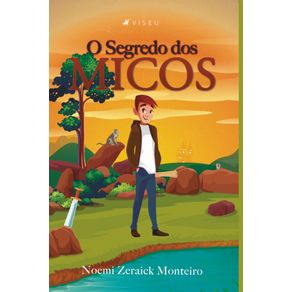 O segredo dos micos
O segredo dos micos
Editora Viseu
R$ 51,90 à vista As Cinco Espadas do Alfabeto: Uma Aventura na Feira do Livro
As Cinco Espadas do Alfabeto: Uma Aventura na Feira do Livro
Editora Viseu
R$ 34,90 à vista Autóctones
Autóctones
Editora Viseu
R$ 30,90 à vista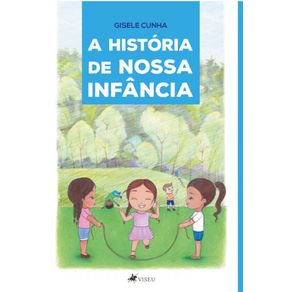 A história de nossa Infância
A história de nossa Infância
Editora Viseu
R$ 34,90 à vista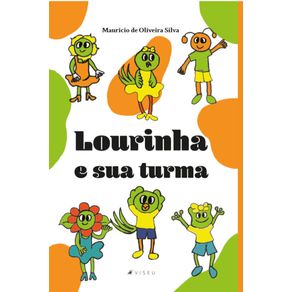 Lourinha e sua turma
Lourinha e sua turma
Editora Viseu
R$ 62,90 à vista A família Bocó
A família Bocó
Telha
R$ 45,00 à vista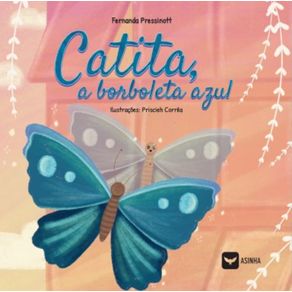 Catita, a borboleta azul
Catita, a borboleta azul
Ases da Literatura
R$ 49,90 à vista O garoto que almejava os céus: Uma aventura além das nuvens!
O garoto que almejava os céus: Uma aventura além das nuvens!
Ases da Literatura
R$ 82,90 à vista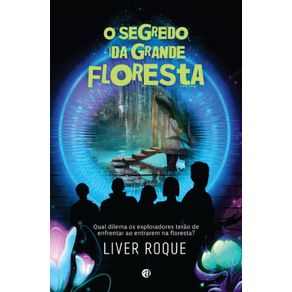 O Segredo Da Grande Floresta
O Segredo Da Grande Floresta
Arte Impressa Editora
R$ 52,90 à vista Dodô e Lalá, que tal comunicar
Dodô e Lalá, que tal comunicar
Editora Viseu
R$ 24,90 à vista Dodô e Lala, que tal conectar
Dodô e Lala, que tal conectar
Editora Viseu
R$ 22,90 à vista Menina de outro planeta
Menina de outro planeta
Editora Viseu
R$ 29,90 à vista As Aventuras da Ratinha Cantora de Ópera na Cidade Maravilhosa
As Aventuras da Ratinha Cantora de Ópera na Cidade Maravilhosa
Editora Viseu
R$ 51,90 à vista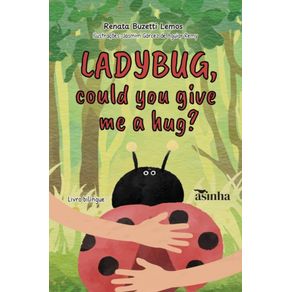 Ladybug, could you give me a hug?
Ladybug, could you give me a hug?
Ases da Literatura
R$ 49,90 à vista Maia entre mundos
Maia entre mundos
Editora Viseu
R$ 40,90 à vista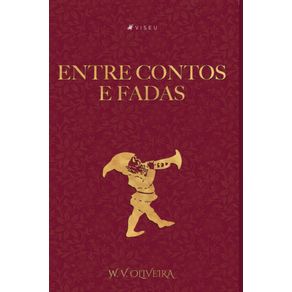 Entre contos e fadas
Entre contos e fadas
Editora Viseu
R$ 29,90 à vista As Cinco Espadas do Alfabeto: Uma Aventura na Feira do Livro
As Cinco Espadas do Alfabeto: Uma Aventura na Feira do Livro
Editora Viseu
R$ 34,90 à vista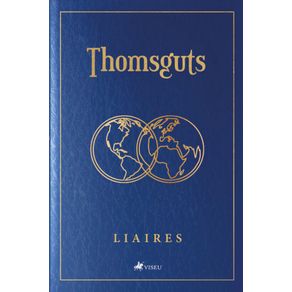 Thomsguts
Thomsguts
Editora Viseu
R$ 35,90 à vista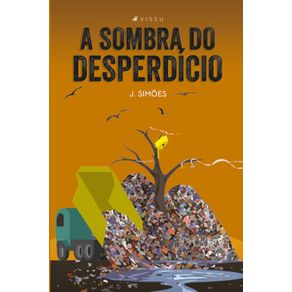 A Sombra do Desperdício
A Sombra do Desperdício
Editora Viseu
R$ 39,90 à vista Naterradoaiquemedoaiquenojo
Naterradoaiquemedoaiquenojo
Editora Viseu
R$ 30,90 à vista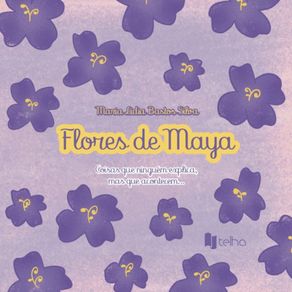 Flores de Maya: Coisas que ninguém explica, mas que acontecem...
Flores de Maya: Coisas que ninguém explica, mas que acontecem...
Telha
R$ 55,00 à vista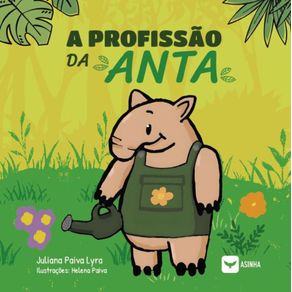 A profissão da anta
A profissão da anta
Ases da Literatura
R$ 64,64 à vista Bibi a Borboleta Sonhadora
Bibi a Borboleta Sonhadora
Afeto Editora
R$ 39,90 à vista O Reino dos Gatos Mortos
O Reino dos Gatos Mortos
Ases da Literatura
R$ 49,90 à vista O que vou ser quando crescer
O que vou ser quando crescer
Editora Viseu
R$ 24,90 à vista Histórias na floresta
Histórias na floresta
Editora Viseu
R$ 32,90 à vista As Aventuras da Ratinha Cantora de Ópera na Cidade Maravilhosa
As Aventuras da Ratinha Cantora de Ópera na Cidade Maravilhosa
Editora Viseu
R$ 51,90 à vista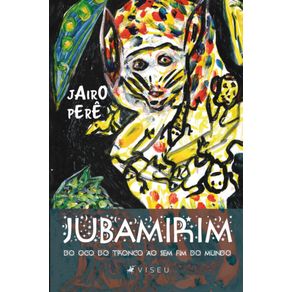 Jubamirim: Do oco do tronco ao sem fim do mundo
Jubamirim: Do oco do tronco ao sem fim do mundo
Editora Viseu
R$ 38,90 à vista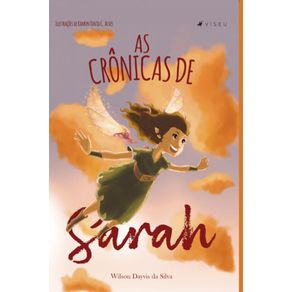 As crônicas de Sarah
As crônicas de Sarah
Editora Viseu
R$ 30,90 à vista Flora Vitória I
Flora Vitória I
Editora Viseu
R$ 34,90 à vista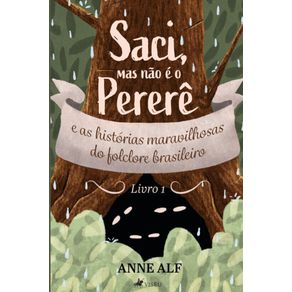 Saci, mas não é o Pererê e as histórias maravilhosas do folclore brasileiro 1
Saci, mas não é o Pererê e as histórias maravilhosas do folclore brasileiro 1
Editora Viseu
R$ 35,90 à vista As Cinco Espadas do Alfabeto: Uma Aventura na Feira do Livro
As Cinco Espadas do Alfabeto: Uma Aventura na Feira do Livro
Editora Viseu
R$ 34,90 à vista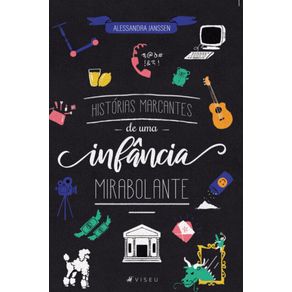 Histórias marcantes de uma infância mirabolante
Histórias marcantes de uma infância mirabolante
Editora Viseu
R$ 34,90 à vista A arte de colorir o vazio
A arte de colorir o vazio
Editora Viseu
R$ 32,90 à vista Lourinha e sua turma
Lourinha e sua turma
Editora Viseu
R$ 62,90 à vista